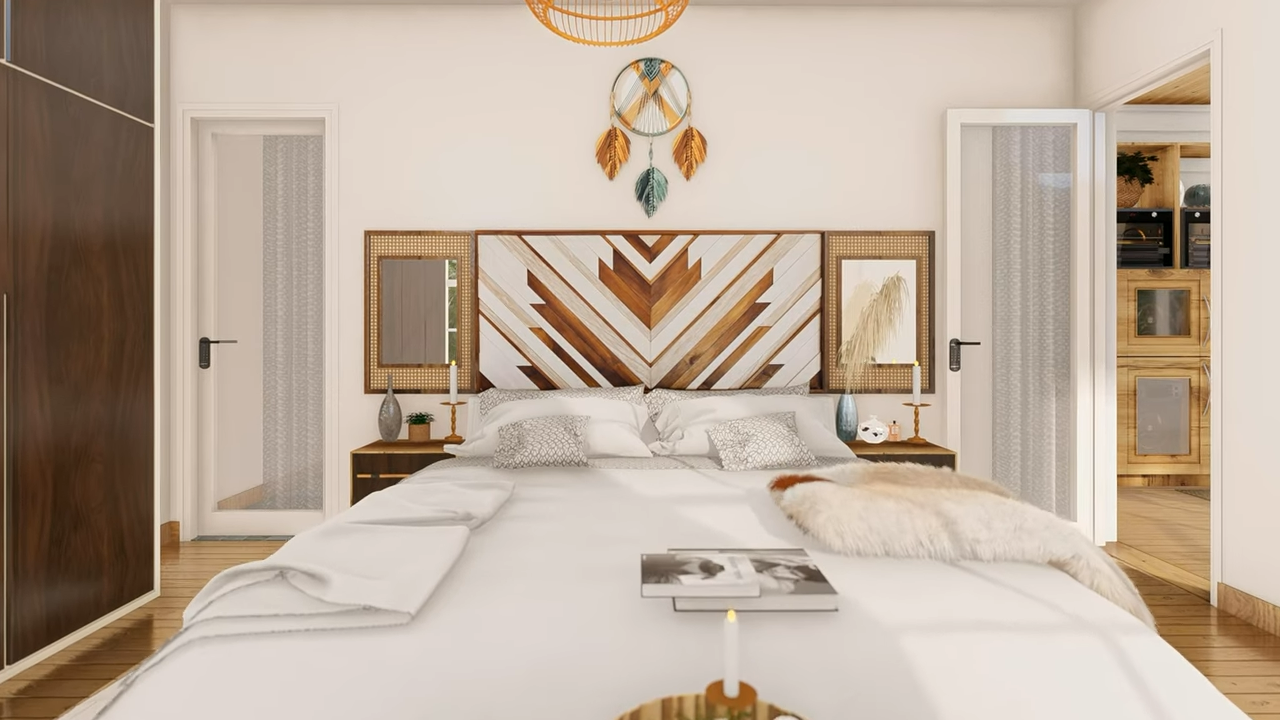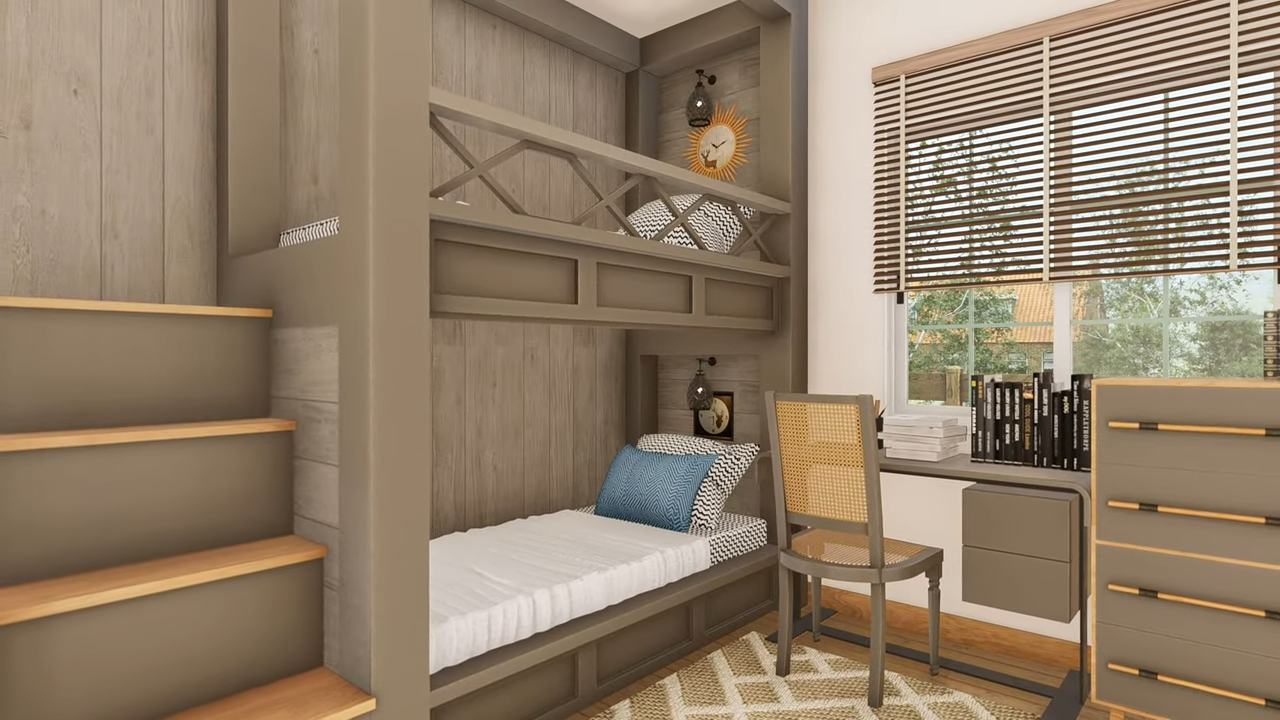
Eco-friendly tiny houses can be defined as structures that offer a comfortable lifestyle in a small living space and at the same time minimize negative impacts on the environment. These types of homes promote an environmentally friendly lifestyle by using sustainable materials, energy efficiency, and smart design principles.

First of all, the materials used in the construction of environmentally friendly tiny houses are of great importance. These homes are often built with recycled or reused materials. Environment-friendly materials such as wood, bamboo, and recycled steel are preferred. Additionally, highly efficient and environmentally friendly products are used as insulation materials.

Energy efficiency is one of the cornerstones of eco-friendly tiny houses. Technologies such as well-insulated walls, energy-efficient windows, and heat pumps minimize energy consumption. Additionally, the house can produce its energy by using renewable energy sources such as solar panels or wind turbines. This both reduces energy costs and reduces the negative impact on the environment.

Eco-friendly tiny houses are also designed to save water. They minimize water use by using technologies such as water-efficient fixtures, grey water recycling systems, and rainwater collection systems. This not only lowers water bills but also helps preserve water supplies.

Smart design principles are used to maximize the usable space of tiny houses. These types of homes often include features like multi-purpose furniture, built-in storage solutions, and raised bed platforms. In this way, a comfortable life is provided even in limited space

Another important feature of eco-friendly tiny houses is their green landscape design. These houses are usually built without damaging the natural vegetation, and the garden arrangements are designed to be in harmony with nature. Additionally, sustainable gardening practices such as organic gardening and the use of compost are encouraged









